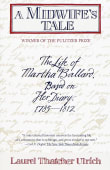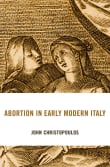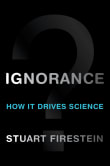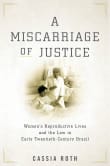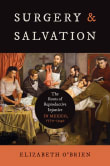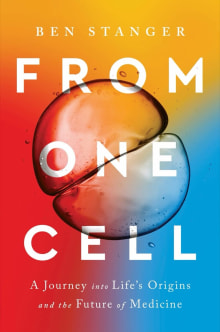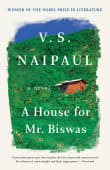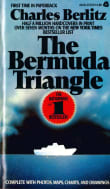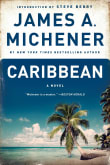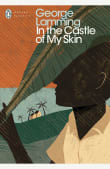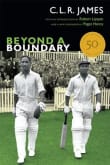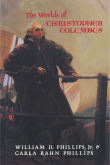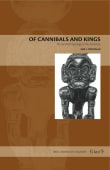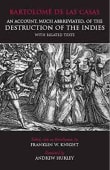Plants and Empire
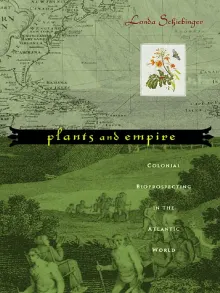
Book description
Plants seldom figure in the grand narratives of war, peace, or even everyday life yet they are often at the center of high intrigue. In the eighteenth century, epic scientific voyages were sponsored by European imperial powers to explore the natural riches of the New World, and uncover the botanical…
Why read it?
2 authors picked Plants and Empire as one of their favorite books. Why do they recommend it?

Schiebinger’s archival sleuthing reveals a yawning hole in eighteenth-century science. She describes Europeans in the Caribbean behaving as knowledge pirates, stealing medicinal plants from indigenous communities as they laid the foundations for a modern drug industry.
However, one kind of knowledge didn’t travel: European physicians never mentioned the plants used by Caribbean women to manage their own fertility. Plants used by Native Americans and enslaved Africans as abortifacients and anti-fertility drugs arrived in Europe as simply pretty flowers.
From Deborah's list on what scientists don't know and why it matters.

Londa Schiebinger adopts a highly original premise in this book by casting a plant, the flos pavonis or “peacock flower,” as the central protagonist of the story she tells.
In this book, she presents in rich detail the story of how enslaved Africans and Indigenous women regularly and effectively used this plant to abort unwanted pregnancies. While the peacock flower itself was quickly transplanted into the Old World, knowledge of its abortifacient properties did not accompany its movement.
From Nora's list on unearthing abortion’s hidden history.
If you love Plants and Empire...
Want books like Plants and Empire?
Our community of 12,000+ authors has personally recommended 100 books like Plants and Empire.

